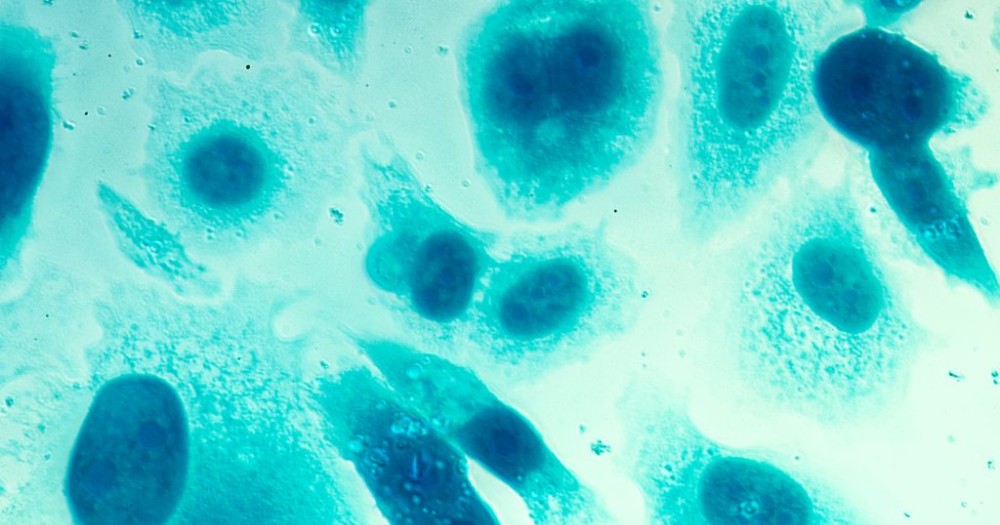Study: Liquid-handling robots used to detect necroptosis

A groundbreaking study by the Walter and Eliza Hall Institute (WEHI) has uncovered new techniques for detecting necroptosis, a crucial process implicated in numerous inflammatory diseases such as psoriasis, arthritis, and inflammatory bowel disease. This significant advancement enhances our ability to accurately diagnose necroptosis and provides practical methods that can be implemented in hospitals worldwide, offering new hope for treating these conditions.
How does it work?
Necroptosis is a type of cell death, a natural mechanism for eliminating unwanted or harmful cells in the body. However, when this process malfunctions, it can trigger various diseases. Researchers have developed automated techniques to identify when and where necroptosis occurs in patients, potentially leading to improved diagnosis and personalized treatments for many inflammatory diseases.
Dr. Andre Samson, co-leader of the study, highlighted the breakthrough: "It is so exciting to finally be able to catch necroptosis in the act."
By precisely locating necroptosis in patients with conditions like ulcerative colitis and Crohn's disease, the research provides critical insights into how this cell death process contributes to inflammation.
Why does it matter?
Necroptosis has long been suspected as a key factor in numerous debilitating diseases affecting the gut, skin, and lungs. Identifying the cells undergoing necroptosis in real-life scenarios has been challenging until now. The new methods developed by WEHI researchers offer a major leap forward in understanding and diagnosing necroptosis.
The ability to detect necroptosis accurately is crucial because it responds not only to inflammation but also to bacterial changes and immune issues.
"Among other results, we also found that when proteins like Caspase-8 cluster together in cells, it's a sign of necroptosis," explained Dr. Samson.
This knowledge will lead to the development of new medicines that could halt necroptosis and treat a wide range of inflammatory diseases.
The context
The study involved a meticulous process of optimizing over 300 different experimental conditions to establish reliable robotic methods.
Professor James Murphy, co-leader of the study and head of WEHI's Inflammation division, emphasized the collaborative effort behind the success: "We used multiple techniques, including state-of-the-art spatial transcriptomics to scrutinize and verify our results."
The diverse team — comprising PhD students, six WEHI departments, and collaborators from institutions like the Royal Melbourne Hospital and Cornell University — brought invaluable perspectives and expertise to the project.
The research team refers to their work as an "atlas of necroptosis" because it maps out which cells in the body can undergo necroptosis.
"We can now confidently visualize where and when necroptotic cell death can happen in the body," said Professor Murphy.
This atlas will enable researchers and clinicians worldwide to replicate these methods, especially as liquid-handling robots for immunostaining are common in hospitals and pathology departments.
Looking ahead, the successful development of these automated methods to detect necroptosis is just the beginning. The research team plans to extend their techniques to investigate other gut diseases, such as celiac disease, and a broader range of inflammatory conditions affecting the skin, lungs, and kidneys.
💡Did you know?
You can take your DHArab experience to the next level with our Premium Membership.👉 Click here to learn more
🛠️Featured tool
 Easy-Peasy
Easy-Peasy
An all-in-one AI tool offering the ability to build no-code AI Bots, create articles & social media posts, convert text into natural speech in 40+ languages, create and edit images, generate videos, and more.
👉 Click here to learn more


